What's the Best Time to Sail Down the West Coast?
The West Coast of the United States offers some of the most beautiful sailing destinations in the world, from the rugged coastlines of Washington and Oregon to the sunny shores of California. However, the weather conditions in this area can be unpredictable, and sailing at the wrong time can lead to rough seas and dangerous conditions. To avoid this, let's find out the best times to sail down the West Coast and what factors you should consider when planning your trip.
The best time to sail down the West Coast is in the summer; however, be prepared for crowds and higher prices. If you're looking for milder temperatures and fewer crowds, spring and fall can also be great sailing times. Sailing in the winter can be challenging, but it's not impossible if you're an experienced sailor.
The West Coast is home to several major ocean currents, including the California Current and the North Pacific Current. Let's find out how this can affect the sailing conditions in this region.
Summary
- The best times to sail down the West Coast are during the months of June and August, when the weather is fairly warm and the waters are calm.
- Wind patterns, ocean currents, and tide changes can affect the sailing conditions along the West Coast. Two major currents pass along the West Coast - the California Current and the North Pacific Current.
- Hurricanes are rare on the West Coast, but the region can be hit by tropical storms and windstorms, which can be equally devastating. Sailing is prohibited during this time, but if you are ever caught in one, stay alert and monitor wind speed and direction.
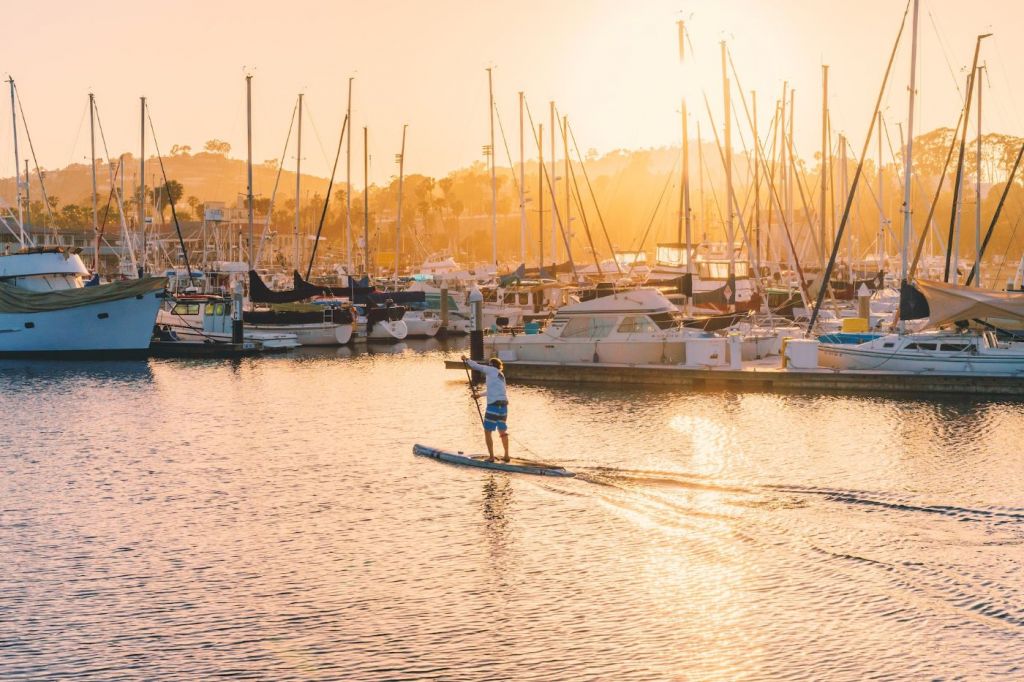
On this page:
Best Time to Sail Down the West Coast
The most ideal time to sail down the West Coast depends on a variety of factors, including the weather, the season, and your own preferences.
| Season | Is It Safe to Sail? | Weather Conditions |
|---|---|---|
| Summer (June-August) | Yes | Mild and calm |
| Winter (September-January) | Experienced sailors only | Unpredictable weather, strong winds and heavy storms |
| Early Spring (February-April) Late Fall (October-November) |
Slightly | Milder conditions than winter, some storms and heavy winds |
Generally speaking, the best time to sail down the West Coast is during the summer season, from around June to August. During this time, the weather is generally mild and calm, with little wind and few storms. This makes for comfortable sailing conditions and clear skies, perfect for taking in the stunning coastal scenery.
If you're planning to sail during the winter months, from September to January, you'll need to be prepared for more challenging conditions. The weather can be unpredictable, with strong winds and heavy storms common along the coast. It is also during this time that the West Coast can experience freezing spray and strong storms.
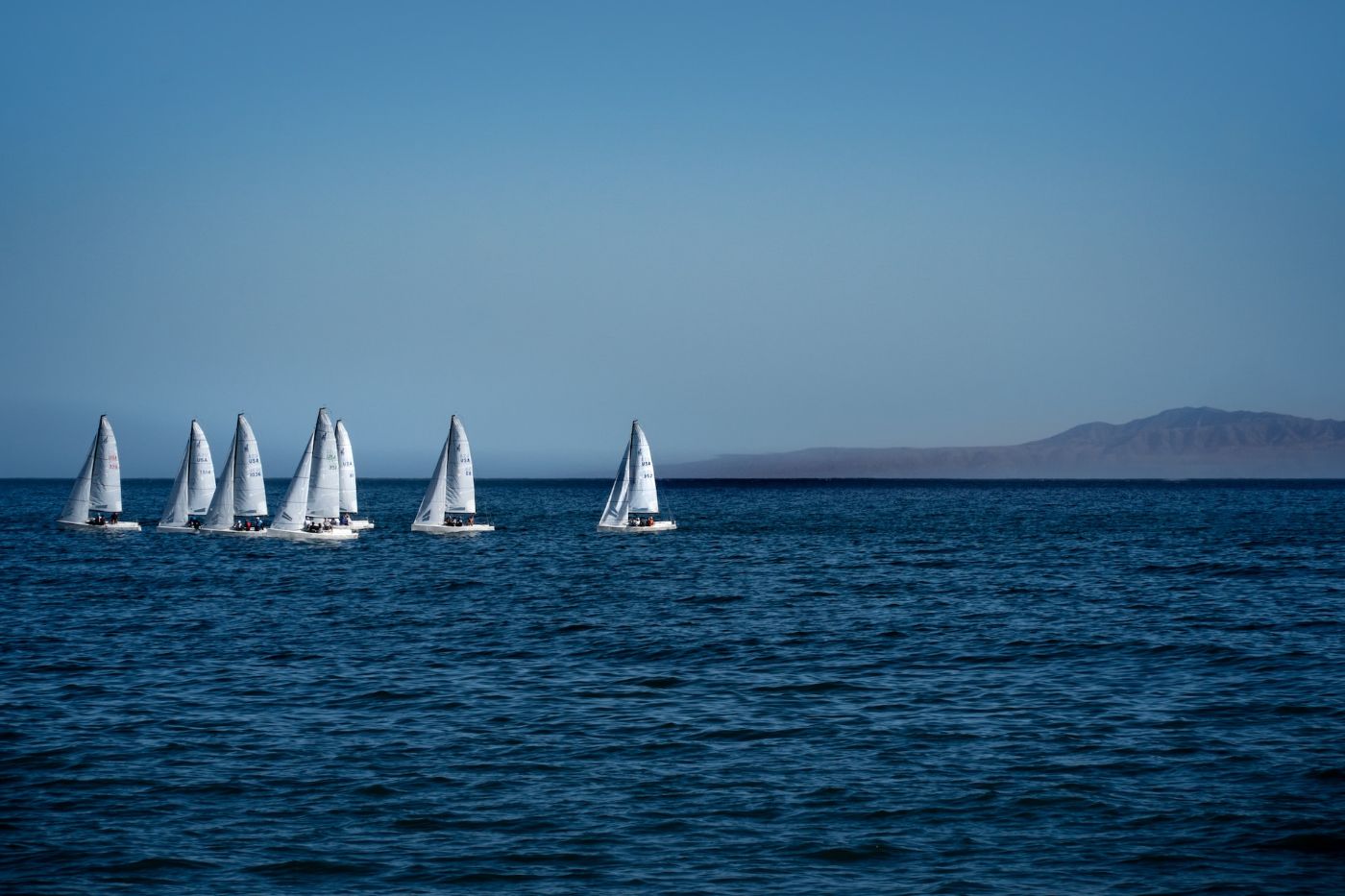
If you really need to sail, you must be prepared for these conditions and make sure that your boat is equipped to handle them. Make sure to check the weather forecast regularly and plan your route accordingly. Only experienced sailors are advised to set sail during these times.
For those looking to sail during the early spring or late fall, the weather can be a bit more moderate, so it's slightly safe to sail. While there may be some storms and wind, the conditions are generally milder than during the winter months. If you're looking for a compromise between the calm of summer and the excitement of winter, this could be the perfect time to sail.
Hurricane season typically runs from June through November in most parts of the world. However, the West Coast is not typically affected by hurricanes.
However, they can still experience other types of storms, such as winter storms, tropical storms, and strong winds, that can create challenging sailing conditions. You may want to monitor weather data and be prepared for any bad weather that may come your way.
Wind, Currents, and Tides when Sailing Down the West Coast
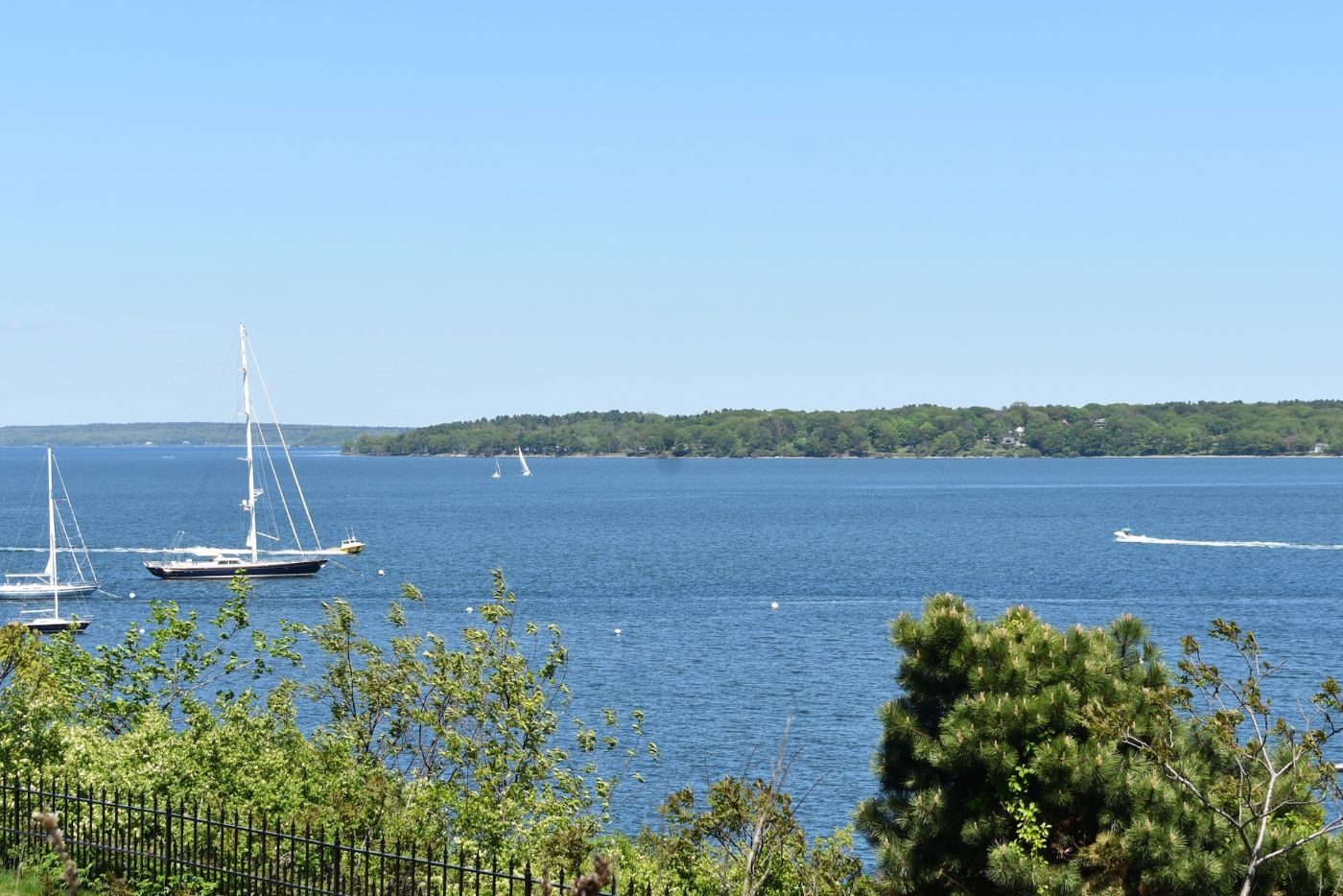
When it comes to sailing down the West Coast, there are several factors that can influence sailing conditions, such as the following:
Wind patterns can affect the overall sailing conditions
The prevailing wind direction along the West Coast is from the northwest to the southeast. This means that when sailing southwards along the coast, sailors are typically sailing downwind, which can be easier and more comfortable than sailing upwind. However, when sailing northwards along the coast, sailors are typically sailing upwind, which can be more challenging.
In the summer months, there is generally less wind along the coast, which can make for calm and comfortable sailing conditions. In the winter months, however, there can be strong winds and storms, which can create more challenging sailing conditions. Experienced sailors may enjoy the excitement of sailing in these conditions, while less experienced sailors may find them intimidating.
Ocean currents have a significant impact on sailing conditions along the West Coast
The West Coast is known for its strong and variable currents, which can make sailing challenging and unpredictable. One of the most well-known currents along the West Coast is the California Current, which flows southward along the coast of California, Oregon, and Washington.
This current is cold and nutrient-rich, which supports a diverse ecosystem of marine life. However, it can also create challenging sailing conditions, as it can cause rough seas and strong winds.
Another important current in the region is the North Pacific Current, which flows from east to west across the northern Pacific Ocean and can affect sailing conditions along the West Coast of North America. This current can bring warm water and favorable winds, but it can also create unpredictable conditions as it interacts with other currents and weather patterns.
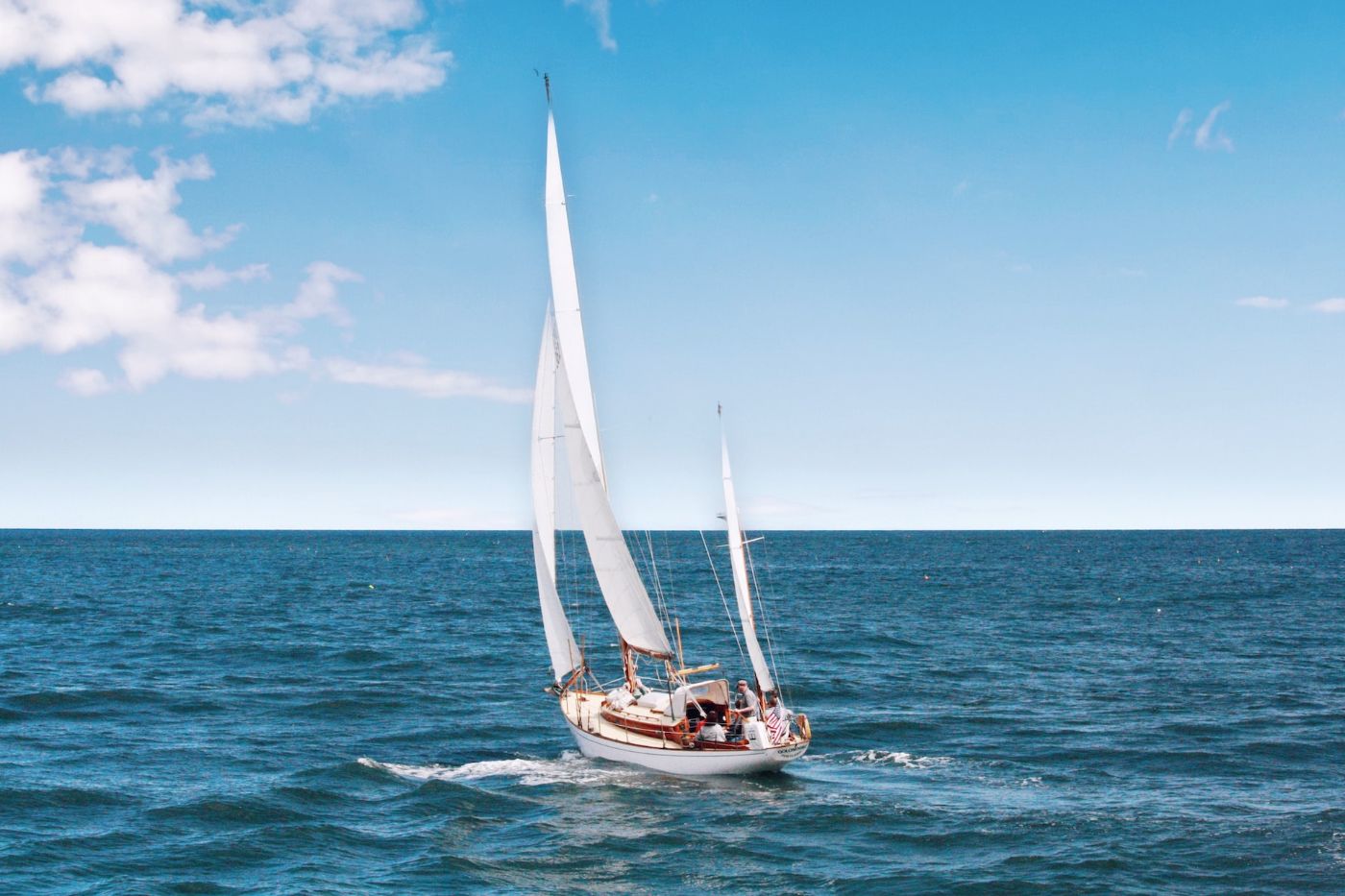
Tide changes can also affect sailing conditions along the West Coast
The West Coast is known for its large tidal ranges, which can create strong currents and affect water depth. One of the main ways that tides affect sailing conditions is through the creation of tidal currents.
As the tide rises and falls, water is pushed and pulled by the gravitational forces of the moon and sun, creating strong currents that can make sailing more challenging. These currents can be especially strong in narrow channels or areas with complex topography, such as the San Juan Islands in Washington State or the Inside Passage in British Columbia.
Tides can also affect water depth, which can be important for sailors navigating shallow areas or approaching ports or marinas. During low tide, water levels can drop significantly, exposing rocks, shoals, and other hazards that can be dangerous for boats. Conversely, during high tide, water levels can rise, creating more depth and allowing boats to navigate in areas that may be too shallow during low tide.
Preparation and Tips for Sailing Along the West Coast
Now that you know the best time to sail and what factors can influence the sailing conditions along the West Coast, here are some tips to help you prepare for your sailing trip:
Plan your route
Before setting sail, try to plan your route and take into account the weather and sea conditions. You may use reliable sources to check the weather forecast and sea conditions along your route. You can consider these 9 sailing destinations along the Pacific Coast for a more enjoyable sailing trip.
Check all the systems
Consider doing a thorough systems check of your boat before setting sail. Check all the essential systems, such as the engine, navigation equipment, and safety gear. Make sure all systems are in good working order and that you have all the necessary spare parts and tools.
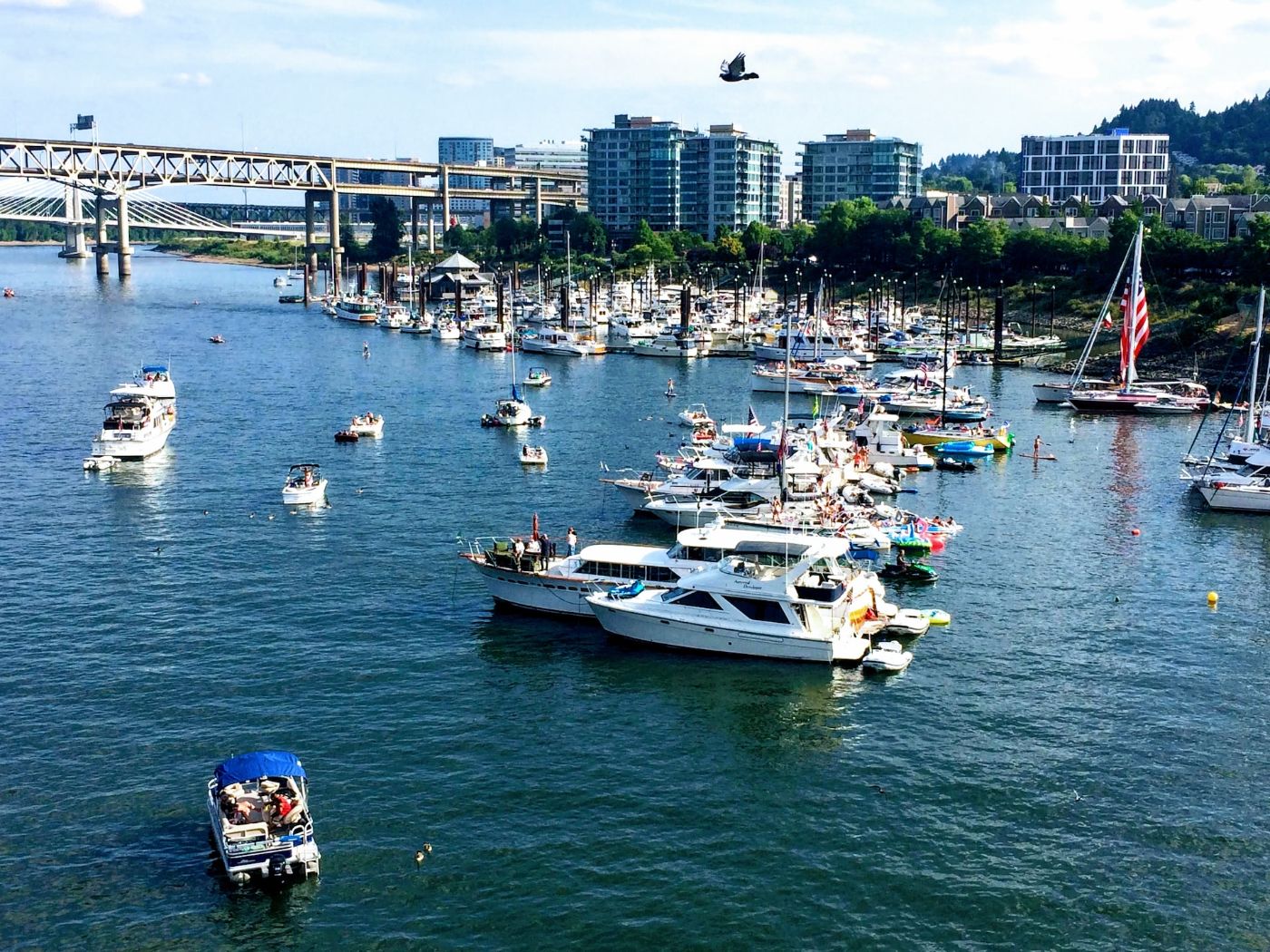
Check fuel level and store enough food
You may also want to check if there's enough fuel and supplies for your journey. You could estimate how much fuel you will need based on your boat's fuel consumption and the distance you plan to travel. Stock up on non-perishable food items and water, and don't forget to bring extra provisions in case of an emergency.
Equip yourself with basic sailing techniques
Make sure you know how to tie essential knots and understand basic sailing techniques. This will help you navigate the waters more effectively and make your journey safer and more enjoyable. Try to practice tying knots and other sailing techniques before setting sail.
Research for ports and harbors along your route
Research the ports and harbors along your route and plan your stops accordingly. Make sure you know the location of each port and the services they offer, such as fuel, water, and provisions. However, you might want to check the tide schedules and harbor regulations before entering each port.
Here are some additional tips to help you make the most of your sailing trip:
- Always wear a lifejacket when on deck.
- Keep a lookout for other boats and hazards in the water.
- Avoid sailing at night or in bad weather conditions.
- Keep a logbook to record your journey and important information.
- Stay hydrated and protect yourself from the sun.
Understanding the Impact of Typhoons and Cyclones
Typhoons and cyclones are both tropical cyclones that form in different parts of the world. Typhoons typically form in the western Pacific, while cyclones form in the Indian Ocean and the South Pacific.
Tropical cyclones can be incredibly powerful and destructive. They are characterized by strong winds, heavy rain, storm surges, and flooding. When a tropical cyclone is in the vicinity, it can create dangerous conditions for sailors, including rough seas and high winds.
In the western Pacific, typhoons are a common occurrence during the summer and fall months. They can form quickly and can intensify rapidly, making them difficult to predict.
Cyclones, on the other hand, are more common in the Indian Ocean and the South Pacific. They can also be incredibly powerful and destructive, with strong winds and heavy rain.
In general, it's best to avoid sailing down the West Coast during typhoon or cyclone season if possible. However, if you do find yourself sailing during these times, do the necessary precautions to ensure your safety. This may include staying updated on weather conditions, having a plan in place in case of an emergency, and being prepared for rough seas and high winds.
Here are some tips on how to navigate through storms and winds while sailing down the West Coast:
Pay attention to weather forecasts
Before setting sail, try to check the weather forecast for the region you'll be sailing through. Keep an eye out for any incoming storms, hurricanes, or cyclones that could affect your journey. Try to also check the wind speed and direction to help plan your route and avoid sailing against the trade winds.
Stay alert during thunderstorms
Thunderstorms can be a common occurrence while sailing down the West Coast. If you encounter a thunderstorm, stay alert and be prepared to take action if necessary. Lightning strikes can be dangerous, so avoid standing near metal objects or the mast. You may need to keep an eye out for convective storms, which can produce strong winds and rough seas.
Prepare your sailboat for storms
Check if your sailboat is prepared for stormy weather conditions. Check the rigging and sails for any damage or wear and tear. Ensure that the sails are furled, and the hatches are closed to prevent water from entering the cabin. You may also need to pack an emergency kit on board, including flares, a first-aid kit, and a radio to contact the coastguard if necessary.
Monitor wind speed and direction
Strong winds can make sailing challenging and dangerous, especially if you're sailing against the trade winds. You could use a wind gauge to monitor the wind speed and adjust your sails accordingly. Be vigilant as well for sudden changes in wind direction, which can cause your sailboat to heel over or capsize. Learn more about the ideal wind speed for sailing in this article.
Did you find the answer to your specific question?
👍 1 👎 0
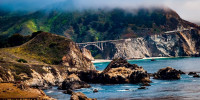
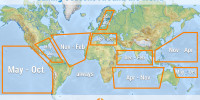

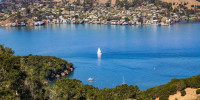
Leave a comment